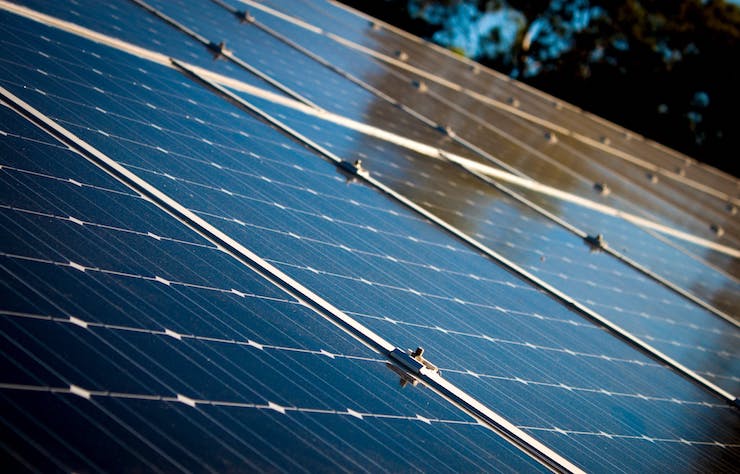
Drones are useful in so many ways, but they have their shortcomings. The biggest problem with drones is that they cannot support a lengthy flight time. To be able to extend a drone’s flight time it would need a bigger battery, which means the drone would have to be increased in size to support the weight of the battery. Then you are right back to where you started. Basically a drone and it’s battery have to be relative in size to function. The smaller and lighter the drone, the smaller and lighter the battery needs to be, hence a shorter flight time. But what if there was a way to increase the efficiency of a battery without increasing it’s size or weight?
A team of researchers form UC Berkeley just may have done that. Professor Eli Yablonovitch has been running the research to use thermophotovoltaic energy to create a sustainable drone power source. Yablonovitch is considered the father of photovoltaic research. Photovoltaic energy is the concept of using semiconductive materials to convert light into energy, solar panels. Thermophotovoltaic (TPV) energy is a way of taking energy collected by a solar panel and making it more efficient. For many years now the maximum energy that a solar panel was able to provide was only at about 23% efficiency. However, Professor Yablonovitch and his team at Berkeley have created a new design that has brought that efficiency up to 29%. They are hopeful that with further research they can increase that to 50%.
This can mean a major change in how drones are able to stay airborne. TPVs are ultra lightweight and have few to no moving parts. They require little to no maintenance and can supply energy for long periods of time. According to what Professor Yablonovitch said, “Thermophotovoltaics are compact and extremely efficient for a wide range of applications, from those that require as little as 100 watts, [such as] a lightweight unmanned aerial vehicle, to 100 megawatts, [providing] electricity for 36,000 homes. In comparison, a 100-megawatt combined cycle power plant is massive.”
The way they were able to do this was to create a design that was able to emit rather than absorb photons that can be transferred into a more efficient power source. They use a reflective graphite bar to get the increase in energy. Yablonovitch said, “What the mirror does is create a dense infrared luminescent photon gas within the solar cell, a phenomenon that adds voltage.” The gold, reflective bar is able to exploit the thermal photons, reflecting them to reheat and create a high energy source.
One of Professor Yablonovitch’s researchers on this project is Zunaid Omair. He and the team were overjoyed when they were able to use the reflective bar to increase energy efficiency to 29%, and is sure that they will push it even farther. He said, “Just by increasing the reflectivity, we will get 36 percent efficiency. But by making other tweaks to the cell, using proven techniques in the scientific literature, we know we can get to 50 percent efficiency. Before our result, thermophotovoltaic efficiency had stalled at 23 percent for a long time, so to get from 23 to 29 percent is a really big deal.”
For drones, this could be an answer to battery woes. By using TPV as an energy source a drone could possibly fly for days on end. Because the TPV can be made small an light it will pose no hindrance to the weight and size restrictions of a drone.
|